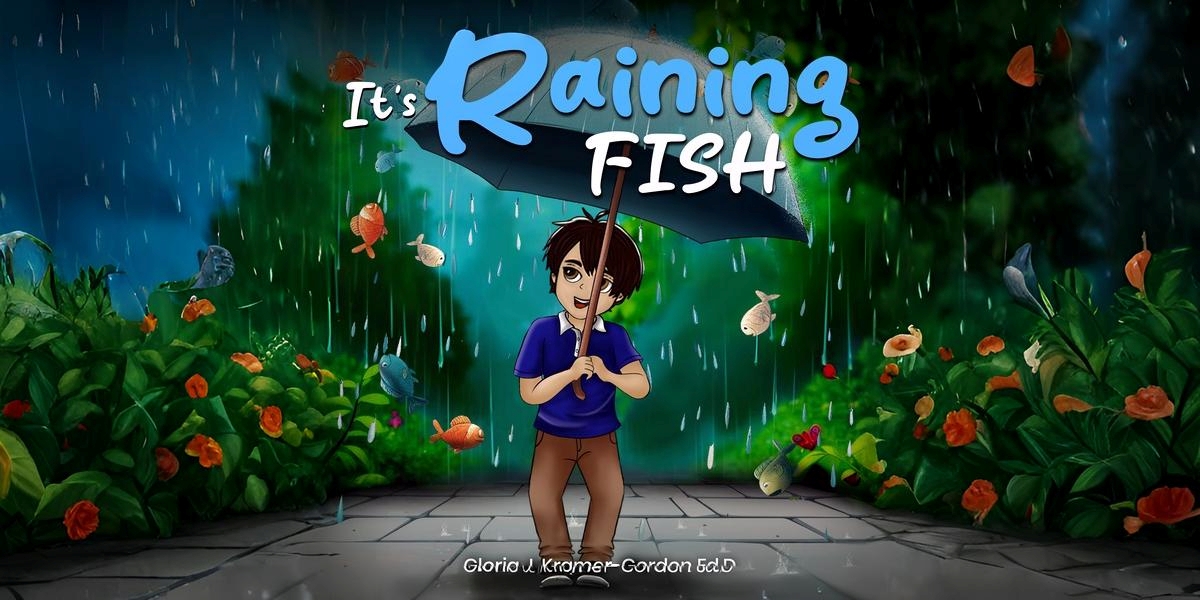This legend is more than just a ghost story—it has deep cultural roots and continues to evoke both fear and fascination. For many, the tale of La Llorona serves as a cautionary reminder of the consequences of tragedy and loss. But why does this particular legend persist, and what is it about La Llorona that continues to haunt the waters of Los Angeles?
What Is the Legend of La Llorona?
The story of La Llorona is as tragic as it is terrifying. According to the most well-known version of the legend, La Llorona was once a beautiful woman named Maria, who lived in a small village. She fell in love with a wealthy man and they had two children together. However, over time, her relationship fell apart, and Maria’s husband left her for another woman. Consumed by heartbreak and jealousy, Maria, in a fit of despair, drowned her children in a nearby river.
Immediately after realizing what she had done, Maria was overwhelmed with grief. She spent the rest of her life wandering the banks of the river, searching for her lost children. After her death, it is said that Maria’s spirit was condemned to roam the earth for eternity, crying out for her children. The eerie wails of La Llorona are believed to be heard near bodies of water, as she searches for her children in vain.
In many versions of the legend, La Llorona is seen wearing a long white dress, her face hidden by a veil of sorrow. Her chilling cries of “¡Mis hijos!” (“My children!”) have frightened those who claim to have encountered her. Though her origin story may differ slightly across regions, the core of the tale remains the same—a mother mourning her lost children, forever searching but never finding peace.
Why Is La Llorona Associated with the L.A. River?
In Los Angeles, the legend of La Llorona has become intertwined with the local landscape, especially near the L.A. River. Given that her spirit is said to linger around bodies of water, it’s no surprise that her presence is often reported along the city’s canals and rivers. Over the years, countless Angelenos have shared stories of hearing the mournful cries of La Llorona late at night, particularly when the mist rolls over the riverbanks, giving the area an even more ghostly atmosphere.
The L.A. River, with its long history and connection to the city’s development, provides a fitting backdrop for this legend. As the river winds through Los Angeles, it has seen its share of both natural beauty and human tragedy. Floods, urbanization, and pollution have all shaped the river’s story, much like the sorrow that defines La Llorona’s tale. It is no wonder that locals might feel a connection between the haunted waters of the L.A. River and the weeping spirit of La Llorona.
There are also several canals throughout Los Angeles, particularly in the Venice neighborhood, that are said to be haunted by La Llorona. People walking near these canals at night have claimed to hear the distant sounds of weeping or to catch a fleeting glimpse of a ghostly figure in white. For those familiar with the legend, these encounters serve as a reminder that La Llorona may never find peace, forever tied to the waterways that witnessed her tragic act.
Why Does La Llorona Continue to Haunt the Imagination?
The enduring presence of La Llorona in popular culture and urban legends speaks to her lasting influence. Part of what makes the legend so powerful is its universal themes of love, loss, and regret. Her story is relatable in its depiction of human suffering—her sorrow is profound, and her haunting cries for her children tap into deep emotional fears.
For many in the Latino community, La Llorona is more than just a ghost story. Her tale has been told for centuries, serving as both a cultural symbol and a cautionary tale. Parents often use the story to warn their children not to wander too close to rivers at night, with the threat that La Llorona may take them. This blending of cultural tradition and folklore keeps the legend alive, passed down from one generation to the next.
In Los Angeles, a city with a rich history of immigration and cultural blending, the story of La Llorona resonates deeply. With a large Mexican-American population, the legend has found a natural home in the city’s folklore. The combination of urban sprawl, natural waterways, and the mystique of the L.A. River provides the perfect setting for La Llorona’s ghostly figure to roam.
Additionally, La Llorona has found her way into contemporary culture through films, books, and TV shows, ensuring that her story continues to be told. From horror films that depict her as a terrifying force to literary works that explore her tragic nature, La Llorona has become a symbol of the unresolved pain and haunting sorrow that many fear could become their own reality.
In the end, the legend of La Llorona endures because it touches on primal human fears—loss, isolation, and the consequences of irreversible actions. Whether heard in the quiet of the night along the L.A. River or evoked in stories passed down through families, La Llorona remains a haunting figure in the cultural landscape of Los Angeles, forever weeping for the children she lost and the peace she’ll never find.





